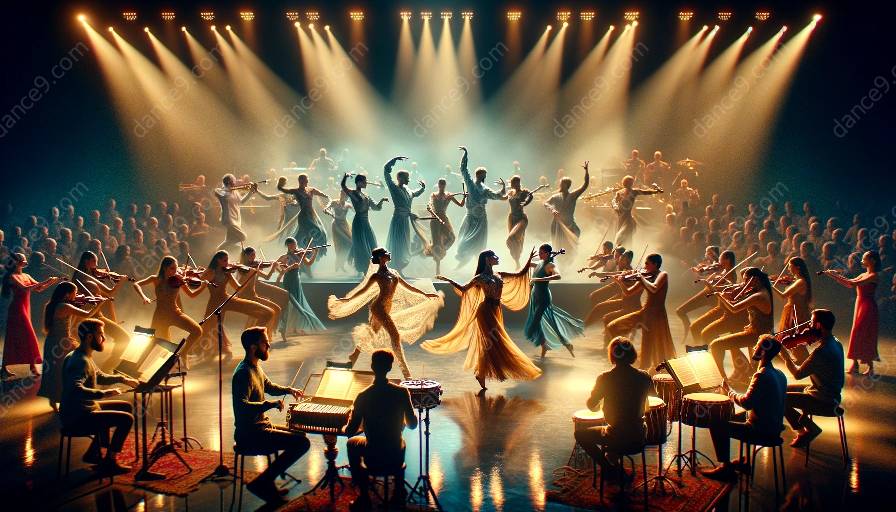Understanding the key elements of musical analysis is crucial for dancers as it allows them to fully comprehend the music they are moving to, enhancing their ability to express emotion, rhythm, and dynamics through their movements. In this discussion, we'll explore the intricate relationship between dance and music, and how musical analysis enriches the dance experience. We'll also delve into the integration of dance and music, and its significance in the context of dance theory and criticism.
Dance and Music Integration
The integration of dance and music is a multifaceted and dynamic process that involves analyzing the musical elements and interpreting them through movement. Dancers often rely on rhythmic patterns, melodic lines, harmonic progressions, and dynamics to choreograph their movements in sync with the music. Musical analysis enables dancers to understand the structure and nuances of the music, allowing them to create visually stunning and emotionally compelling performances.
Elements of Musical Analysis for Dancers
1. Rhythmic Elements: Dancers analyze the rhythmic patterns, tempo, and meter of the music to synchronize their movements with the beat. Understanding rhythmic elements enhances the precision and coordination of dance movements.
2. Melodic Interpretation: Dancers interpret the melodic lines, phrasing, and motifs in the music to create fluid and expressive movements that mirror the emotional content of the music.
3. Harmonic Understanding: Knowledge of harmonic progressions and tonalities allows dancers to embody the musical tension and release through their choreography, enhancing the audience's emotional engagement.
4. Dynamics and Expression: Dancers analyze the dynamics and emotional arc of the music to infuse their movements with depth, intensity, and sensitivity, creating a powerful connection with the audience.
Dance Theory and Criticism
In the realm of dance theory and criticism, the integration of musical analysis is essential for evaluating and appreciating the choreographic and performance qualities of dance. Critics and theorists often examine how dancers interact with the musical elements to convey artistic narratives, evoke emotions, and communicate themes through their movements. By understanding the key elements of musical analysis, dancers can elevate their performances and contribute to the rich tapestry of dance theory and criticism.

















